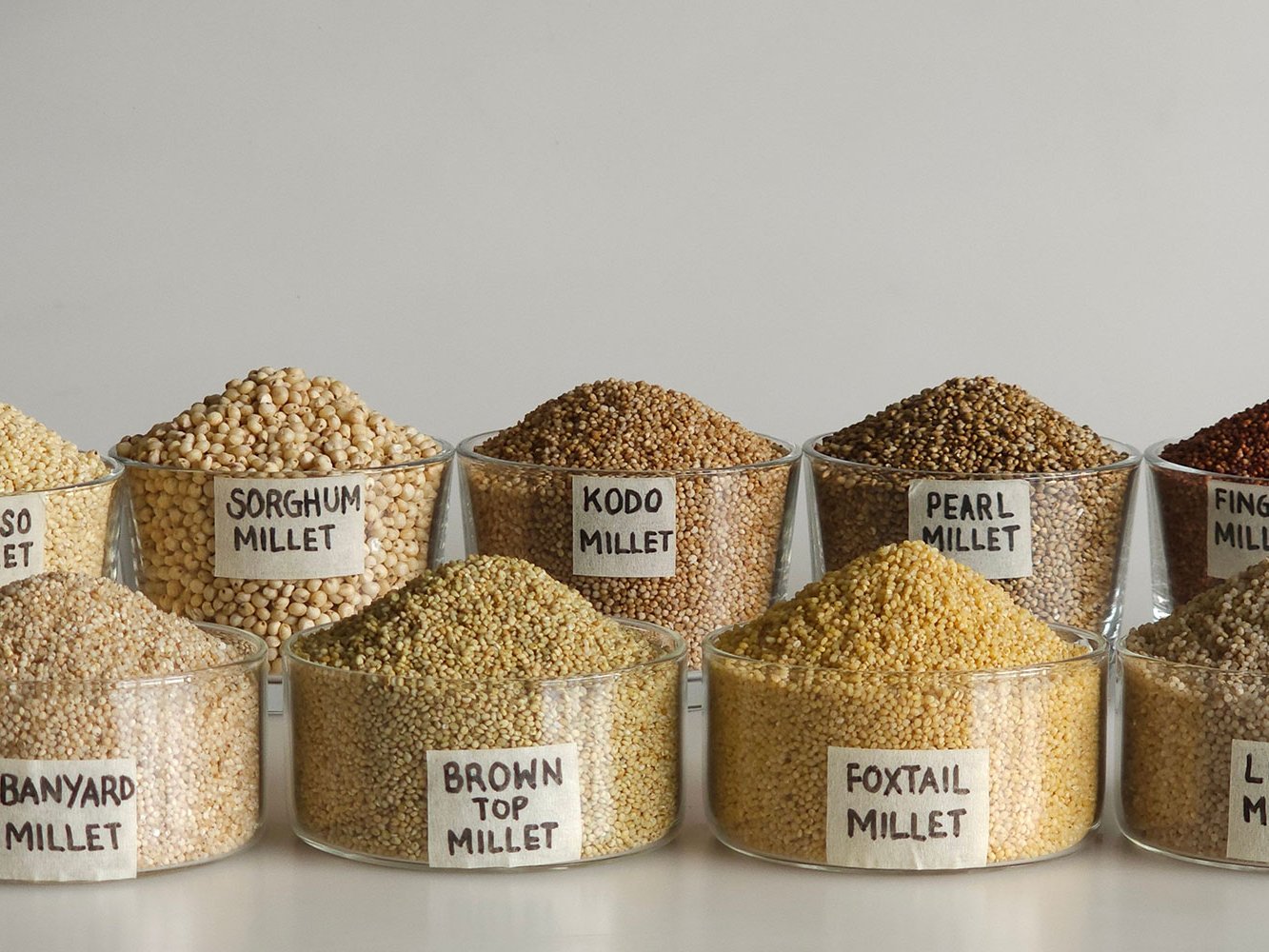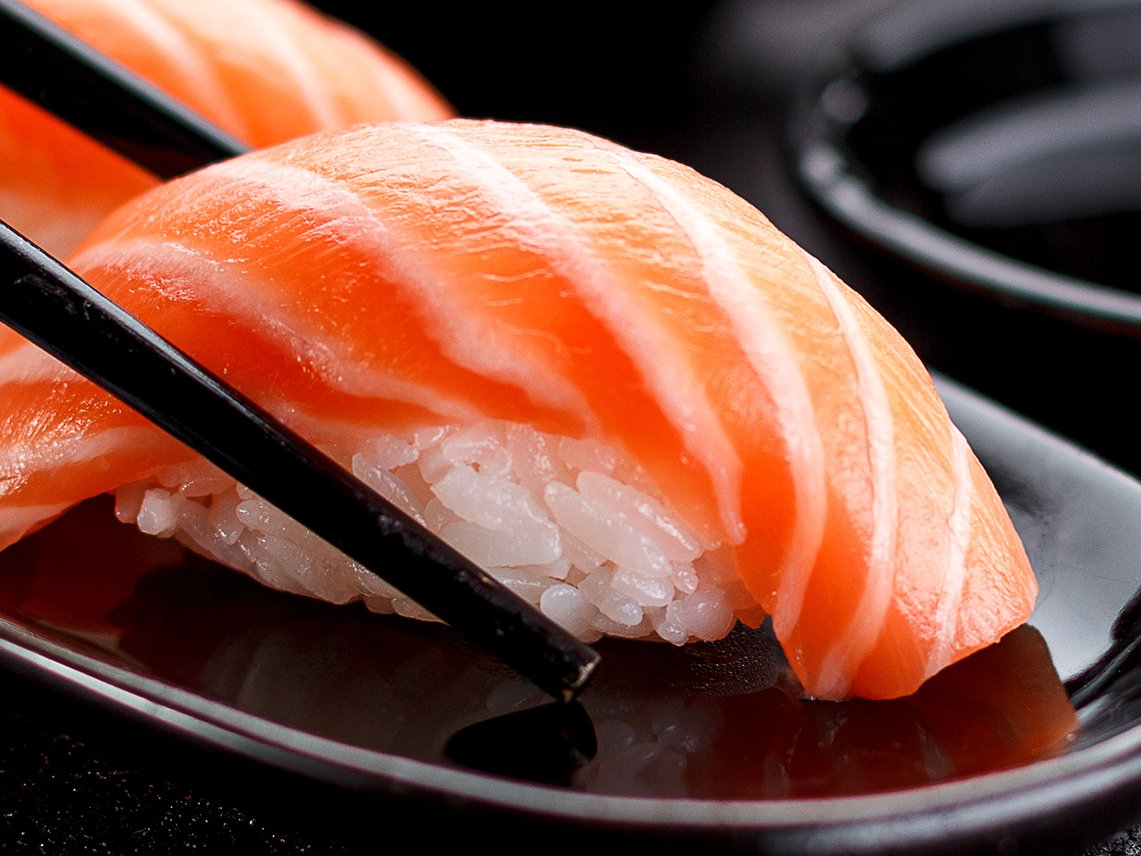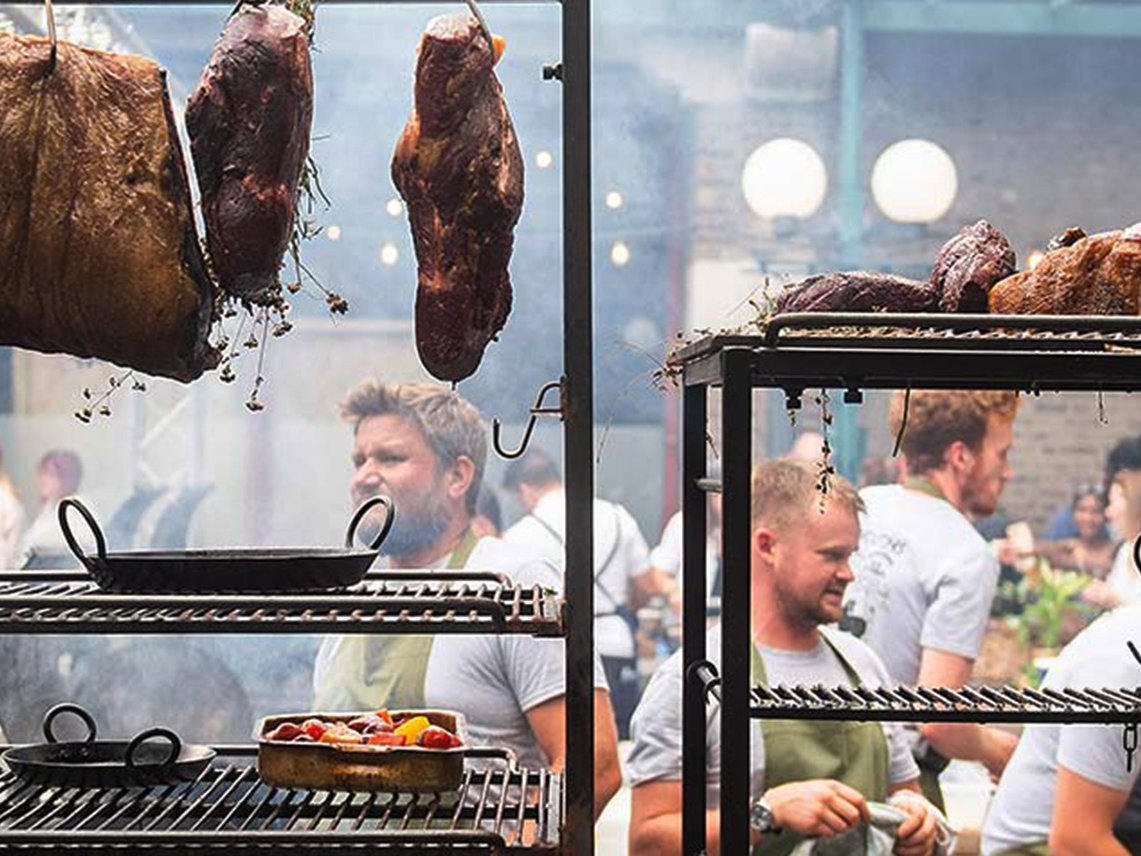Science: Foodies More Likely to Eat Less but Better
The trend for "super size" portions is no longer confined to the US, but, as our columnist finds, less is more when it comes to satiation and satisfaction.
Everything has become bigger: Since 1970, larger portion packaging in US supermarkets has increased tenfold; dinner plates have become a third larger since 1960 and portion sizes in recipe books have also increased. Bagels and pizzas have increased diameters, too. Restaurants portions have increased, so have 'all-you-can-eat' and 'super-size' offers.
This is tricky because a portion suggests a normal, average unit of consumption and we tend to eat our meals in the portions served – regardless of their size and energy density (or calories per 100 grams of food). So even if we don't eat it all, being served a double portion size leads on average to an over-indulgence of calories by up to 42 percent.
One might think that we would feel fuller more quickly from high-calorie food, but this is not the case. Partly, this is due to the fact that the physiological regulation of satiety is delayed and only becomes noticeable after about 15 minutes. Secondly, our satiety sensor is simply too inaccurate. "For our perceived fullness, 20 percent more or less energy at the same volume makes no difference," says Arnd Florack, professor of psychology at the University of Vienna. So despite increased calories, we don't stop eating earlier. Conversely, we would feel equally full with the same portion size but fewer calories...and we can take advantage of this.
Large portions: A growing problem
In the fight against obesity, many institutions see portion control as one of the most effective measures. The Organisation for Economic Co-operation and Development (OECD) stresses the importance of smaller portion sizes, as do the WHO Regional Offices for Europe. They recommend paying attention to portion sizes when cooking, reducing them if necessary. The McKinsey Global Institute also considers portion control to be the most effective measure to combat obesity and more effective than specific taxes, advertising measures or food labelling.
"It doesn't take large portions to feel full. Smaller plates with more vegetables and fewer carbohydrates will still enable our brain to trigger satiety. Fixed routines and rituals also help, as does conscious eating: take time to enjoy your meals."
Tricking yourself
But how can you eat less and still feel full? There are five points to take to heart:
- Apply the 20 percent rule. Eat the same amount of food, but consume 20 percent fewer calories. This means reducing the energy density. To do this, you need to increase the proportion of low-calorie components such as vegetables and cut back on fat and processed carbohydrates.
- Pay attention to what you eat: Normally, after a while – and even before satiety – the desire to continue eating food decreases. However, this mechanism, known as habituation, only works if we are consciously aware of eating. "If, for example, we are distracted by television while eating, habituation takes place to a lesser extent," says psychologist Florack. So we continue to eat even when we don't really need to. In such situations, it helps to consciously portion out the food and not grab something from a large package.
- Adequate portion sizes: As a general rule, one's own hand is a good guide for "the right portion size". This is because our hands grow proportionally to our body size. An index finger of cheese or a fist of fruit and vegetables can be considered a portion. For bread, fish and meat, a slice the size of the palm of your hand is suitable. Nuts, dried fruit, sweets and side dishes should ideally be about a handful.
- Smaller plates, smaller cutlery, narrow glasses: We underestimate the amount of food on large plates and therefore eat more than from small plates. An experiment also showed that eating ice cream with a large spoon makes us eat about 15 percent more than with a small spoon. And because we tend to focus on the vertical dimension when it comes to drinking, up to 88 percent more liquid is drunk from wide glasses than from tall, narrow glasses of the same volume.
- Focus on routines: With automatisms, you no longer have to think about whether you want or should do something, this helps us to follow through with a decision once it has been made. People who successfully self-regulate choose situations in such a way that it becomes easy for them to behave in a "healthy" way. For example, they go shopping when they are not hungry and have a well-planned shopping list, thus avoiding spontaneous purchases. They do not tempt themselves to eat by ensuring food is not clearly visible nor always at hand. They generally drink calorie-free, i.e. they drink water, black coffee or undweetened teas, they choose the small popcorn portion at the cinema, they prefer complex carbohydrates which keep them full longer, they increase their portions of vegetables, they take their time to eat . But above all: they enjoy more and prefer to eat and drink less, but better.













